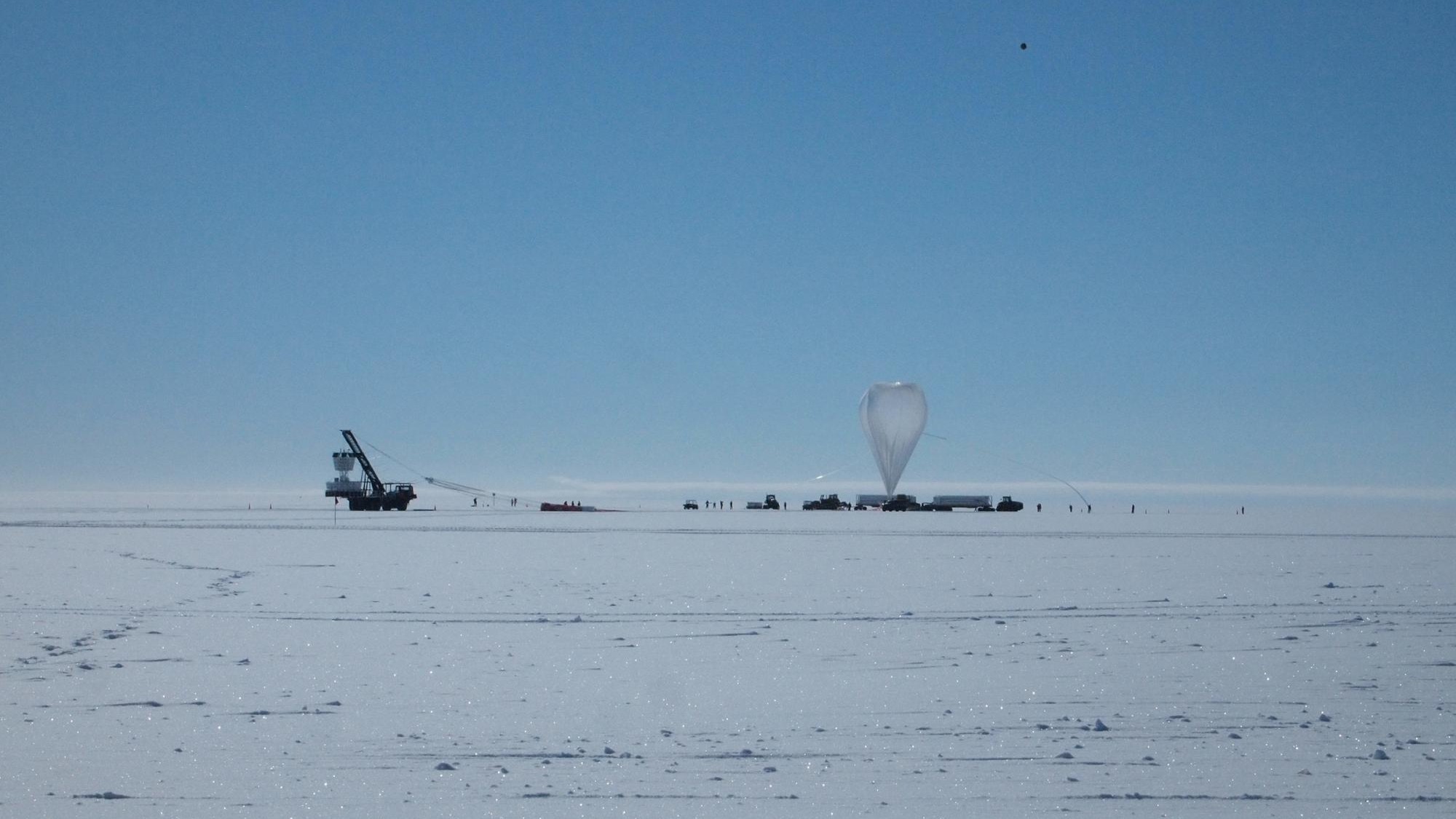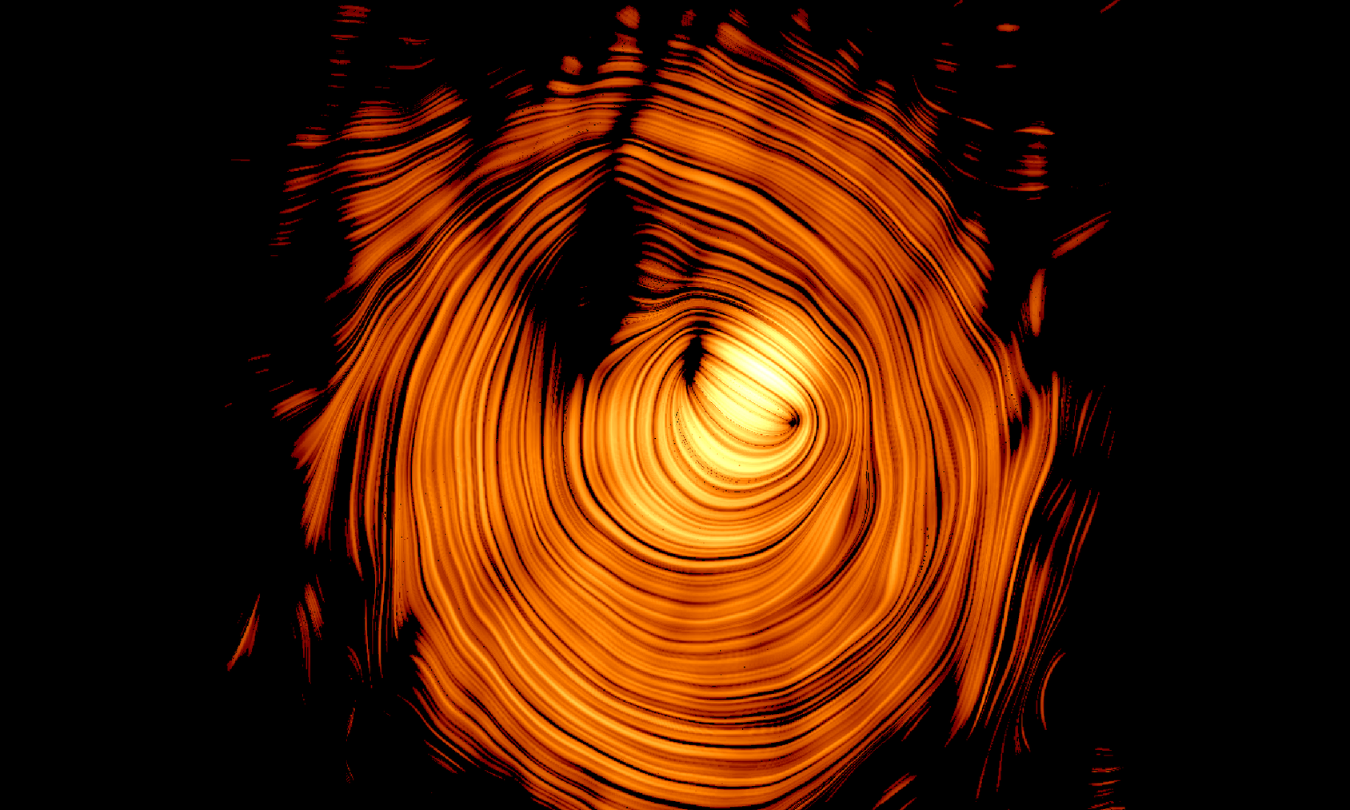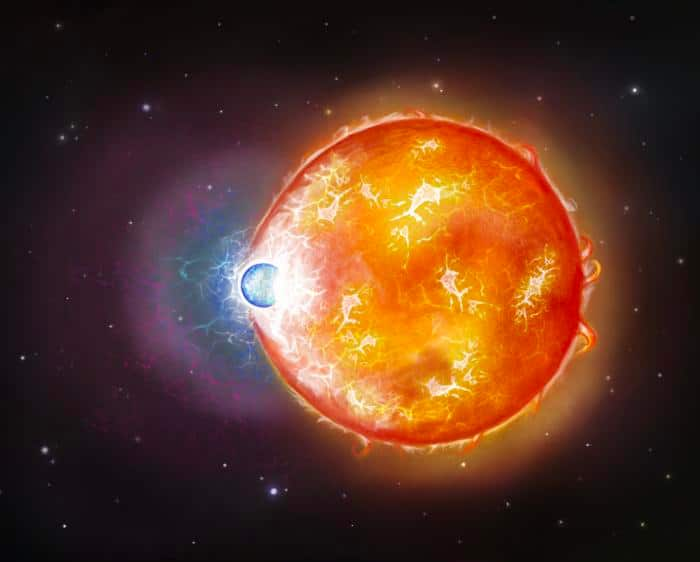Mysterious Radio Pulses Detected Beneath Antarctica Challenge Physics Understanding

Instruments soaring over 18 miles (29 kilometers) above Antarctica have detected two puzzling radio pulses emanating from beneath the ice. These signals present a conundrum that appears to defy established principles of particle physics, prompting researchers to delve deeper into their origins.
Researchers have pinpointed the source of these intriguing radio pulses to angles approximately 30 degrees below the surface of Antarctica. However, the laws of physics suggest that such signals should not be detectable; calculations indicate that they would need to traverse thousands of miles of geological rock. Typically, such a journey would result in the signals being absorbed by the rock, rendering them undetectable by the time they reach the surface.
The research team has embarked on a thorough investigation to uncover the potential sources of these unexpected pulses. Utilizing data from the Pierre Auger Observatory located in Argentina, they have methodically ruled out several possible explanations. Their findings were disseminated in a study published on March 27 in the esteemed journal, Physical Review Letters.
“It’s an interesting problem because we still don’t actually have an explanation for what those anomalies are,” remarked Stephanie Wissel, a particle physicist and co-author of the study, underscoring the perplexing nature of the discovery.
The enigmatic radio pulses were initially detected by the Antarctic Impulsive Transient Antenna (ANITA) experiment, which consists of 24 radio antennas mounted on a NASA balloon stationed near the South Pole. This strategic location helps minimize signal interference, allowing for clearer data capture.
ANITA’s primary mission is to collect data about neutrinos—subatomic particles notoriously difficult to study due to their lack of electric charge and extremely low mass, which have earned them the moniker of “ghost particles.” However, Wissel noted that the perplexing radio signals are “most likely not representing neutrinos.” Existing theoretical models indicate that any pulsations resulting from neutrinos would originate from angles that are considerably different from the 30-degree angles noted in this study. Furthermore, the new research provides substantial evidence suggesting neutrinos are likely not involved at all.
Employing complex mathematical models and simulations, the research team dismissed noise and known particle interactions as potential origins for the signals. They also meticulously analyzed data from other experiments, looking for any interactions that could account for the radio pulses, but found no supporting evidence.
Since these unexpected observations lie outside the framework of the Standard Model—a theory that outlines the fundamental particles and forces—they could potentially unveil new scientific insights into our understanding of the universe. “More research needs to be done on this,” stated Benjamin Flaggs, a physics graduate student at the University of Delaware and another co-author of the study. “There are theorists proposing some beyond-standard-model interactions from different types of particles,” he added, hinting at the tantalizing possibilities that lie ahead.
The pressing question remains: If neutrinos are not the source, what could be driving these radio signals?
Some hypotheses suggest that the signals might originate from dark matter, an elusive substance believed to account for about 27% of the universe yet remains largely misunderstood. Wissel noted, however, that more data is essential to draw any concrete conclusions. She has a preference for the theory that the origins of these pulses may be related to some unknown behavior of radio waves, although, again, there is currently no evidence to substantiate this hypothesis. “So, right now, it’s one of these long-standing mysteries,” she said, encapsulating the ongoing enigma.
In a bid to further investigate this phenomenon, the Payload for Ultrahigh Energy Observations, an innovative balloon-based instrument designed with advanced sensitivity levels, is set to launch from Antarctica in December. Researchers anticipate that this new instrument will help uncover more anomalies, thereby providing additional data for analysis. “The more data we can get, the better we can refine our statistical error,” Flaggs remarked, emphasizing the importance of gathering comprehensive data.
“We haven’t discovered everything yet,” Flaggs concluded with enthusiasm. “It’s exciting for researchers because these are problems that no one else has figured out before.”



















